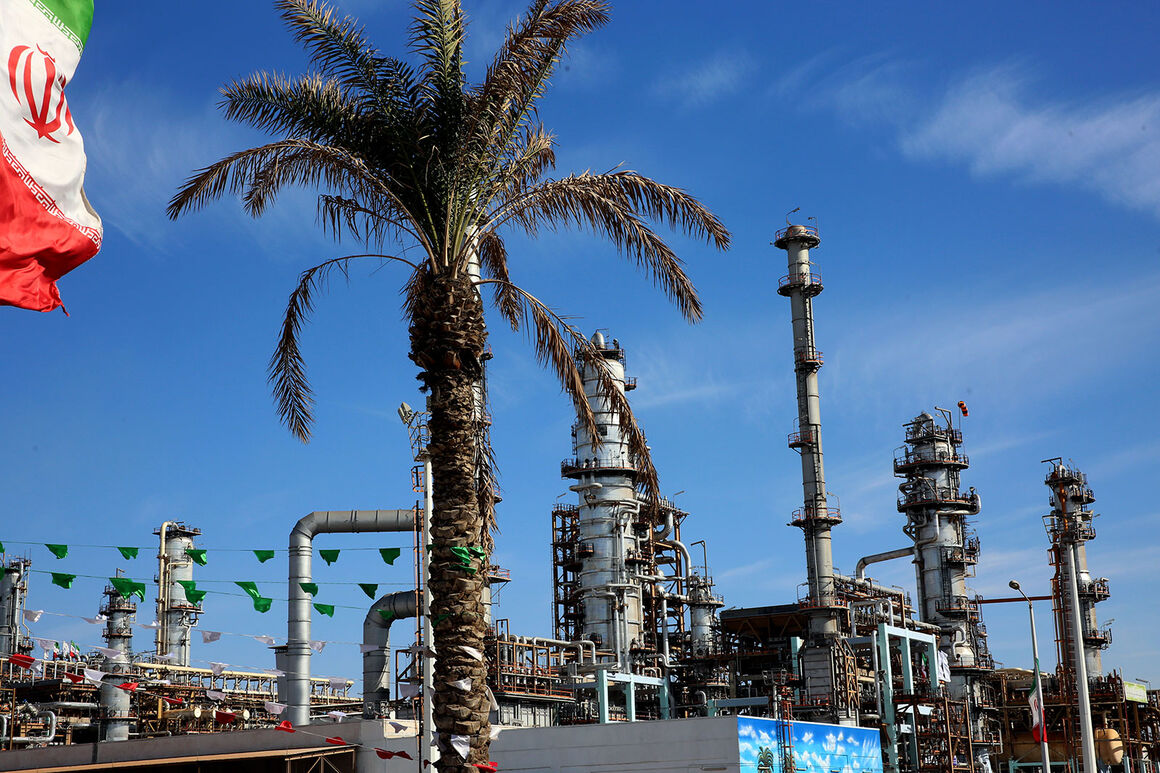Mohammadali Dadvar, the plant’s CEO, said the facility was currently receiving an average of 420,000 barrels/day of gas condensate as feedstock.
A part of the equipment needed for reaching this goal, including air conditioners for cooling products and pumps, has already entered the refinery’s site, and a part of the equipment is under construction, he said.
As refining capacity increases, the amount of products supplied by the refinery will ramp up by 20 percent, the official added.
"Currently, an average of 45 million liters of petrol and 17 million liters of gasoil are being produced at the refinery on a daily basis, which will increase to about 54 million liters and 20 million liters per day, respectively," Dadvar said.
Moreover, the refinery also supplies 3.5 to 4 ml/d of naphtha which is mostly exported or supplied to Tabriz and Arak petrochemical plants as feedstock.
Dadvar added: "In the conditions of sanctions and in the year of “production leap”, nearly 70% of Persian Gulf Star Refinery’s output is petrol, which provides the lion’s share of the country's demand for quality fuel.”
Developed by domestic companies, the plant is the world’s largest gas condensate facility. The plant is fed by gas condensate produced at various phases of South Pars gas field and has rendered Iran self-sufficient in production of petrol.


Your Comment